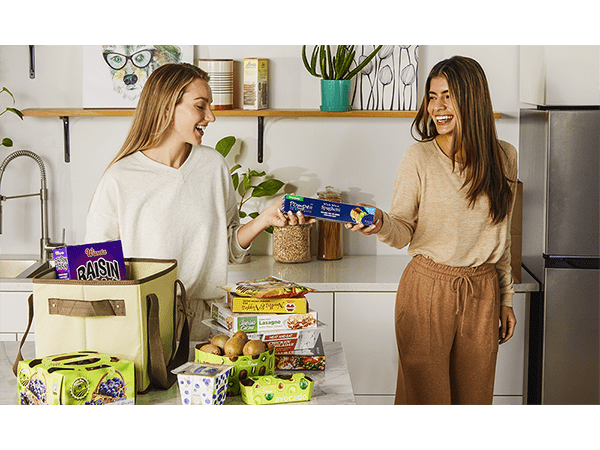
Reimagining Food and Beverage Packaging: Sustainability, Automation, and Agility Lead the Way at PACK EXPO
In today’s rapidly evolving marketplace, brands face mounting pressure to optimize every aspect of their operations. Success increasingly depends on forging closer collaborations with strategic packaging partners — alliances that go beyond transactional relationships to drive innovation, resilience, and shared growth. As supply chain complexities intensify, brands are seeking partners who can help unlock new efficiencies, streamline processes, and deliver sustainable solutions that respond to both consumer expectations and operational demands. This spirit of partnership and continuous improvement is shaping the future of food and beverage packaging, as highlighted by the latest trends emerging from PACK EXPO.
Sustainability and Resource Optimization
A major focus was placed on sustainability, with manufacturers introducing packaging solutions designed for reuse and enhanced durability. These innovations aim to reduce waste and environmental impact, offering materials that withstand moisture and contamination while supporting automated production lines. Energy efficiency was also a priority, with new systems engineered to operate only when necessary, minimizing power consumption and lowering operational costs.
Automation and Efficiency
Automation featured prominently, with new technologies enabling greater precision and labor savings across production and packaging processes. Virtual environments now allow manufacturers to simulate equipment layouts and product formulations, reducing the need for physical testing and on-site supervision. Advanced machinery can self-adjust during operation, maintaining optimal performance and minimizing downtime without manual intervention. These developments contribute to consistent product quality and streamlined workflows.
Product Versatility and Consumer-Centric Design
Manufacturers are adapting to changing consumer demands by offering packaging and product formats that cater to convenience and emerging dietary trends. New container designs facilitate more complete dispensing, addressing common frustrations with residual waste. The popularity of freeze-dried foods highlights a growing interest in novel snack options, with equipment tailored for ease of use by smaller brands and startups. Flexibility in production lines is increasingly important, as companies must accommodate a wider variety of pack sizes and product types to meet the needs of diverse consumer groups, including those with specific dietary requirements.
Integrated Solutions and Seamless Compatibility
The move toward integrated, full-line solutions was evident, with manufacturers and partners collaborating to offer end-to-end processing and packaging systems. This approach simplifies the implementation of new equipment and ensures compatibility across different stages of production. The ability to quickly switch between products and packaging formats is becoming essential, enabling manufacturers to respond rapidly to market changes and consumer preferences.
Adapting to Market Shifts
Fast changeovers and the ability to produce multiple pack sizes are increasingly in demand, driven by the need to address specific consumer demographics and trends, such as the rise of appetite-suppressing medications. Manufacturers are investing in equipment and processes that support variety and agility, positioning themselves to meet evolving market requirements.
In Summary

The trends highlighted at the event underscore a sector in transition, driven by sustainability, automation, and a focus on consumer needs.
Manufacturers are adopting new technologies and processes to enhance efficiency, reduce waste, and deliver greater versatility in their offerings.
These changes reflect a broader commitment to innovation and adaptability in a dynamic marketplace.


